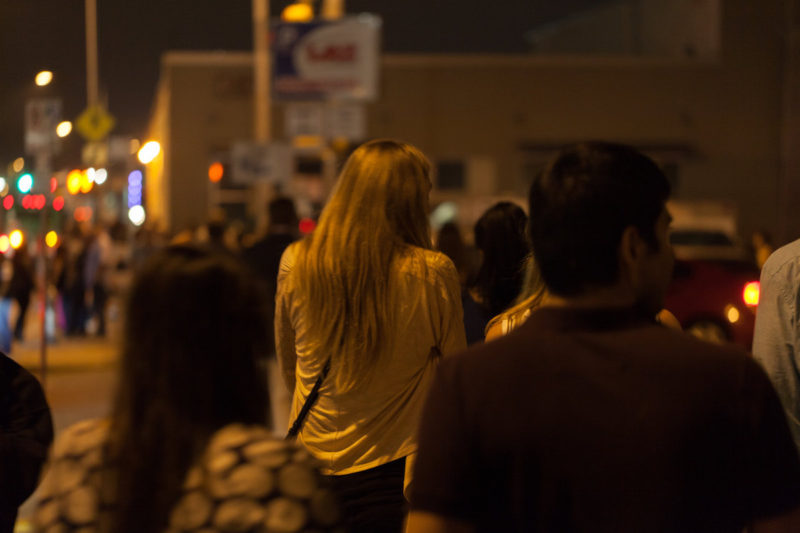The Austin City Council on July 29 passed a resolution directing the city manager to draft an ordinance abolishing designated no-drinking zones in East Austin.
Austin has had six designated areas where it’s illegal to consume alcohol on streets and sidewalks. Council members wrote in a resolution last Wednesday that the prohibition is racially discriminatory because it targets predominantly Black and Latino neighborhoods.
The resolution says, “the fact that a person can legally and responsibly publicly consume an alcoholic beverage in the City of Austin in overwhelmingly white single-family residential areas, but cannot do so in historically Black and Latino single-family residential areas, presents a blatant equity issue.”
Natasha Harper-Madison, the council’s only African American member, sponsored the resolution. The new ordinance would remove all three designated prohibition zones east of I-35. The affected neighborhoods include East Riverside/Oltorf, Montopolis, and Central East Austin.
Harper-Madison’s resolution won’t go far enough to satisfy the Austin Public Safety Commission, an advisory body, which recommended unanimously in June that all City Code prohibitions on the public consumption of alcohol be removed.
Public drinking bans will remain in place in the downtown, along Guadalupe Street in a strip running past the University of Texas and Hyde Park, and along South Lamar.
These zones date to the 1990s when the City Council instated them in order to “decrease alcohol-related crime, violence, and vagrancy,” according to a report on the issue by the city manager. The first zones were controversial, including the one covering Central East Austin, winning approval of the council only narrowly by a 4-3 vote in August 1990.
The ban in East Riverside and Montopolis dates to 1999. That vote was less controversial; the City Council at the time passed the resolution unanimously 7-0 and declared an “emergency for the immediate preservation of the public peace, health and safety.”
Contemporary newspaper reports cite a variety of reasons for the ordinances. “Merchants and residents in the downtown area, South Congress, and the UT area advocated for the ban of alcohol on streets, sidewalks and other public areas,” according to the city manager’s report, which relied on the old newspapers.
“However… (in an) article dated October, 2, 1990, the Austin American-Statesman reported that the approval of Designated Area 2, which included an East Austin neighborhood adjacent to downtown, caused discord and concerns for residents in East Austin.”
Enforcement of the ordinances in recent years has been lax. According to the Austin Municipal Court, the number of citations given for violations dropped from 571 in 2015 to just six in 2019.
Following the council’s vote, City Manager Spencer Cronk will have until Oct. 1 to draft an ordinance ending the zones east of I-35 and present it to the council for action.
